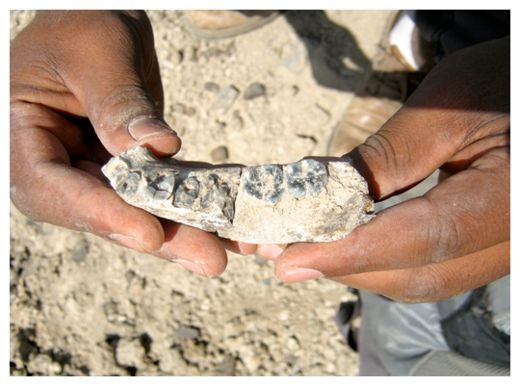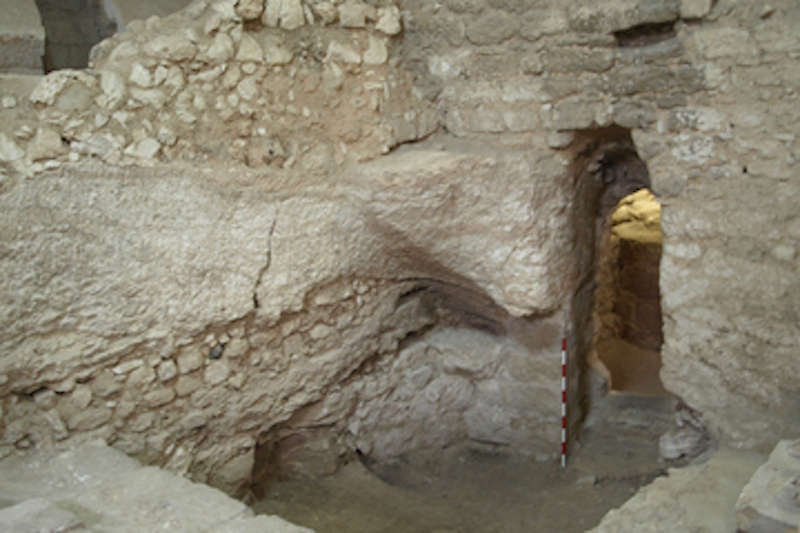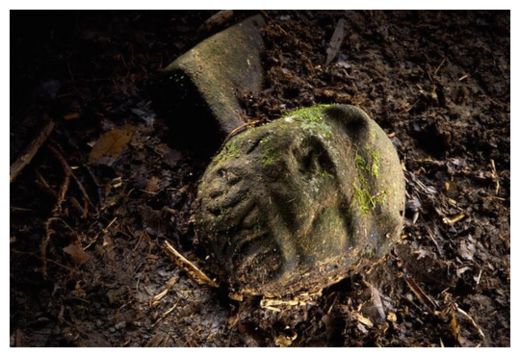OF THE
TIMES
"It is very doubtful whether the beautiful mountain village of Nazareth was really the dwelling-place of Jesus."A recent American Atheist column [1] contained surprising results of new research into one of the most important venues of the Christian story: the town of Nazareth. This topic has been contentious for many years, and it is no coincidence that significant research into the dubious origins of Christianity should first appear in this magazine, given what I consider the common sense and scientific acumen indigenous to Atheists. Of course, damaging material such as this puts the very stiff Christian neck in a scientific noose, as it were, and the Christian press has no interest in kicking the chair out from under itself. A nudge by well - intentioned Atheists at this critical juncture won't hurt... With the knowledge that Nazareth did not exist in the time of Jesus, we have our fingers wrapped around one of the chair legs and are now poised to give it a decided heave.
—T. Cheyne (Encyclopedia Biblica, "Nazareth," 1899).




Comment: For more history on ancient civilizations, legends and the nature of cyclical cosmic catastrophes see: The Secret History of the World and its sequels, Comets and the Horns of Moses and Earth Changes and the Human-Cosmic Connection.